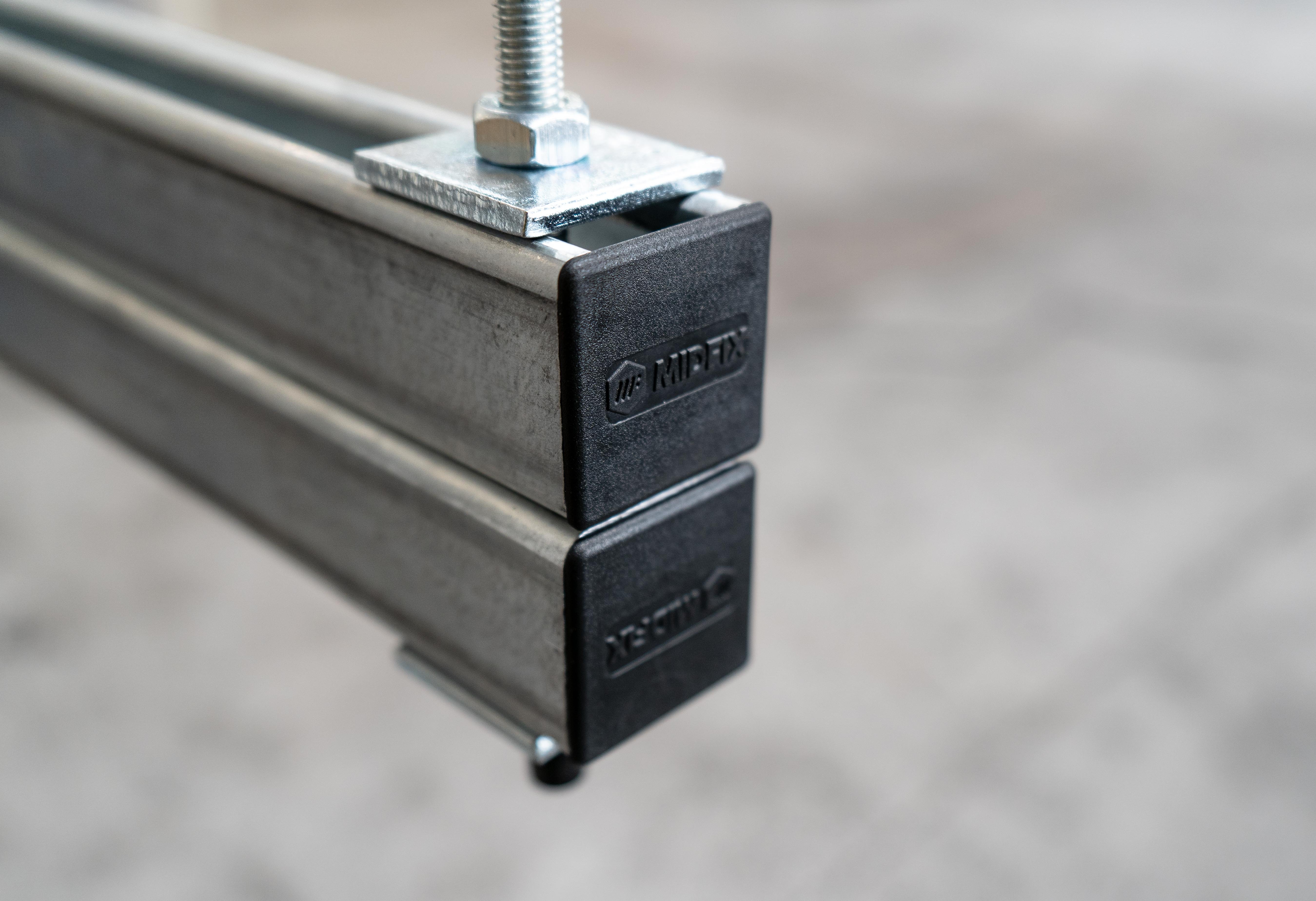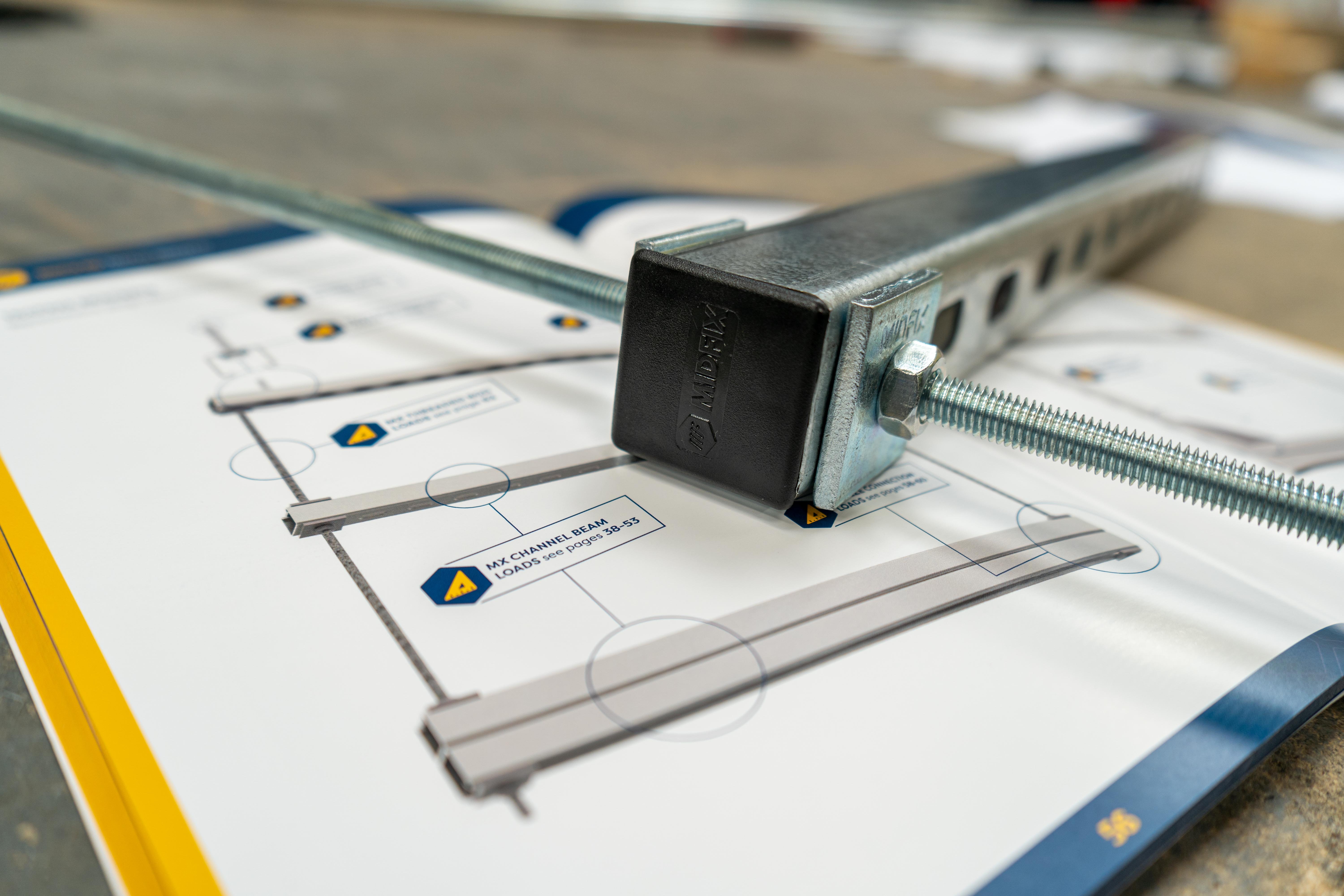While we're well aware of the numerous benefits that Tested Channel Systems offer to M&E Contractors, such as ensuring safety, compliance, efficiency, reliable testing, evidence collection, and system identification, what's lesser known is their potential as an environmentally conscious choice in the M&E industry. By opting for tested channel systems over conventional untested ones, you're not just prioritizing safety and compliance but also actively contributing to sustainability-aligned projects.
But I know what you might be thinking.
Why should I care about Sustainability?
With the Net Zero 2050 goal inching closer every year, sustainability is becoming an increasingly important issue for the building services supply chain, and carbon reduction plans have become a requirement for contractors bidding on large government contracts.
There is a growing need for Tier 1 contractors to provide Environmental Product Declarations (otherwise known as ‘EPD’), which refer to the reporting and communication of environmental information on construction products.
Perhaps the most significant and highly requested EPD is an assessment of the ‘embodied carbon’ of construction projects. This means that Tier 1 contractors now need to chart the amount of greenhouse gases that are emitted throughout their entire project, including:
- The manufacture and transport of the construction materials and components used in the project.
- The construction processes itself.
- A lifecycle assessment of their projects to identify their environmental impacts across their entire lifespan.
As a ripple effect, Tier 1 contractors are now beginning to “police” M&E contractors on their adherence to sustainability standards. Therefore, to seem more attractive to the higher-ups, it is essential that M&E contractors not only demonstrate safety and compliance in their installation projects, but also a degree of environmental awareness and consciousness.
So, while you may not be personally invested in sustainability, there is a high chance your Tier 1 contractors might be.
While this may sound tedious, and even daunting - you’re in luck! Tested channel systems are not only able to provide you with both safer and compliant installations, but also installations that are sustainably sound. So, essentially, you’re hitting two (actually, more!) birds with one stone!
So here is how Tested Channel Systems helps you hit your Sustainability Goals:- Encourages Purchasing from One Source
- Reduces the Need for Over-Engineering
- Ensures Durability and Longevity
- Offers Data-Driven Solutions for the Future
Now let us go over each of these in more detail.
1. Encourages Purchasing from One Source
What is the key difference between a traditional channel bracket and a tested channel system?
(Hint hint - the answer lies in its name!)
Traditional channel brackets consist of a range of supports, sections, and fittings. The issue arises when M&E contractors adopt the practice of mixing and matching these components from different manufacturers, often opting for cost-effective solutions.
As previously highlighted, the problem with this approach is that these individual components lack compatibility testing, resulting in a dearth of reliable load data to confirm the bracket assembly's ability to withstand the service load applied.
However, it is also worth considering the environmental impact of sourcing these disparate components from various suppliers. Multiple deliveries from different sources lead to increased fuel consumption, carbon emissions, and operational inefficiencies.
In contrast, tested channel systems, with a strong emphasis on the term 'systems,' originate from a single source. This streamlined approach minimizes the number of deliveries required to complete the entire bracket assembly, thus reducing emissions related to transportation and lessening the project's environmental footprint.

While factoring in transportation may seem like a minor consideration in the construction process, the combined impact of multiple vehicles coming from multiple locations for large-scale projects can incur significant damage to the environment. Therefore, using tested channel systems can be a small but significant way to ensure that you are doing your due diligence when it comes to sustainability. Every effort counts!
2. Reduces the Need for Over-Engineering
Sometimes, M&E contractors deliberately use oversized and over-specced material and components in the bracket assembly to reduce the risk of failures. This is known as over-engineering.
However, over-engineering is not the solution.
Not only does this NOT give you the required documentation you need to evidence the performance of your bracket assembly, but it also ensures that a lot of material is wasted to build something that might not even be needed for optimal performance.
The smarter and more sustainable option would be to optimize your bracketry by investing in a tested channel system. This gives you the exact level of robustness you need without going above and beyond in wasting material unnecessarily.
3. Ensures Durability and Longevity
Perhaps the biggest talking point in support of tested channel systems is that they minimize the risk of bracket assembly failure. Since these systems have undergone extensive testing and therefore come with reliable load data, there is a good chance that the bracket assembly is fit-for-purpose and will not collapse when the designated load is applied to it.
This means that tested channel systems are built to last longer and require less frequent reworks, replacements, and maintenance, thereby, conserving the use of resources. Given that this increases the lifecycle of your installation, this is not just sustainable for the environment, but also your wallet!

Tested channel systems are also verified to be efficient together, as a fully functioning system, rather than being individually tested products that may not be compatible with each other. This avoids the need to replace components that make up non-compliant bracketry, which reduces transport to and from the site and the carbon emissions released.
4. Offers Data-Driven Solutions for the Future
Sustainability is a relatively new concept within the construction industry, and although the sector is starting to address the environmental impact of construction, concrete solutions for monitoring and reducing embodied carbon are still a work in progress.
One significant aspect of the sustainability conversation involves contractors taking accountability for the environmental impact of their projects. A way of doing this is by providing documentation and evidence that tracks greenhouse gas emissions throughout a building's entire lifecycle, from construction to demolition.
While you may not have access to this information at the moment, a crucial step in the right direction is to gather as much evidence and data supporting your projects as possible. This may include ensuring that your installations have undergone rigorous physical testing and have data demonstrating their functionality, durability, and longevity.
This is where tested channel systems come into play.

By ensuring you have reliable evidence backing your channel systems, you'll have done the necessary groundwork for future reporting and communication of Environmental Product Declarations (EPDs). Think of it as doing the necessary homework for a final project!
This is because, much like tested channel systems, even sustainability reports are majorly data driven. And it is much easier to start preparing for EPDs with data that offers greater traceability and identification in projects, rather than starting entirely from scratch.
Conclusion
And there you have it – another reason for you to believe that tested channel systems are the way forward for a safer and compliant future.
In a world where sustainability is an increasingly vital concern, Tested Channel Systems not only provide reliable technical solutions but also actively contribute to more eco-conscious and sustainable construction projects. Embracing these systems means achieving both safety and environmental goals simultaneously, making them a valuable choice for contractors and the industry as a whole
For more information about Sustainable Construction legislation, check here.

